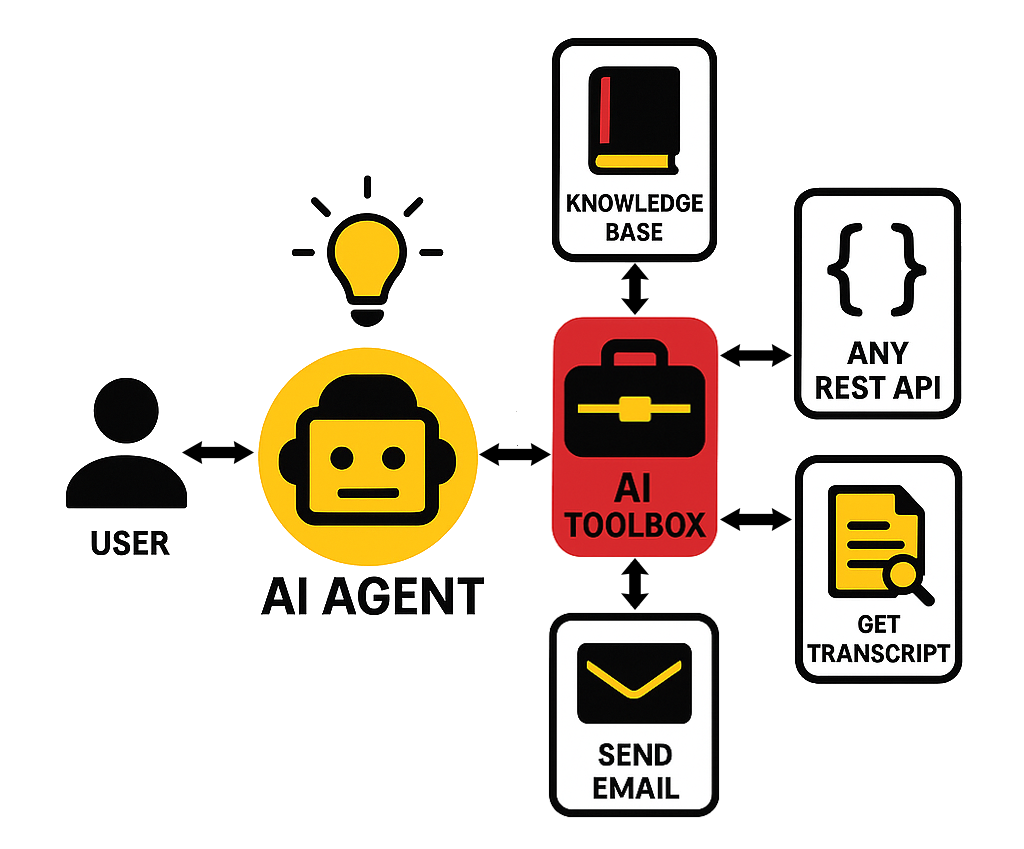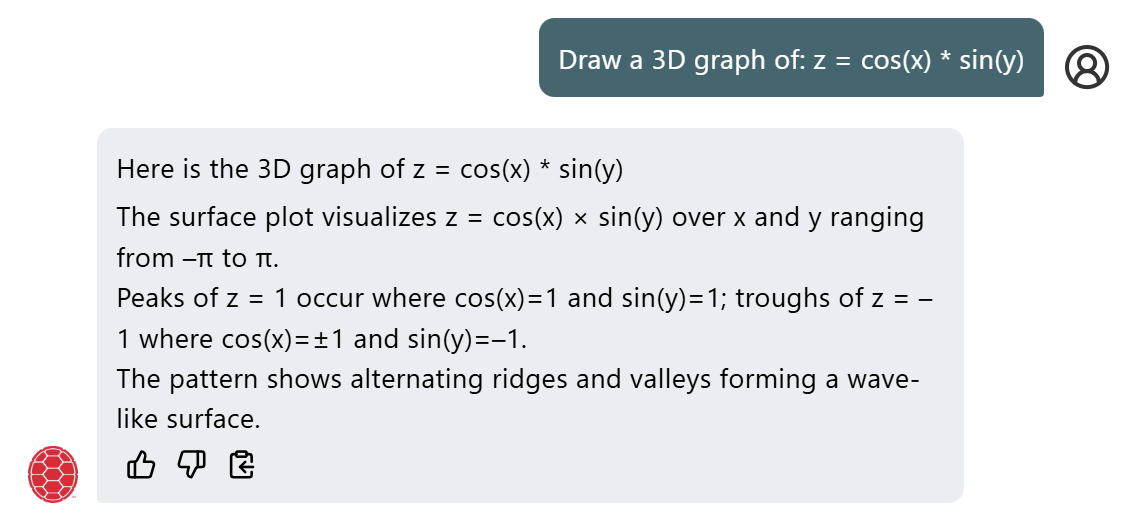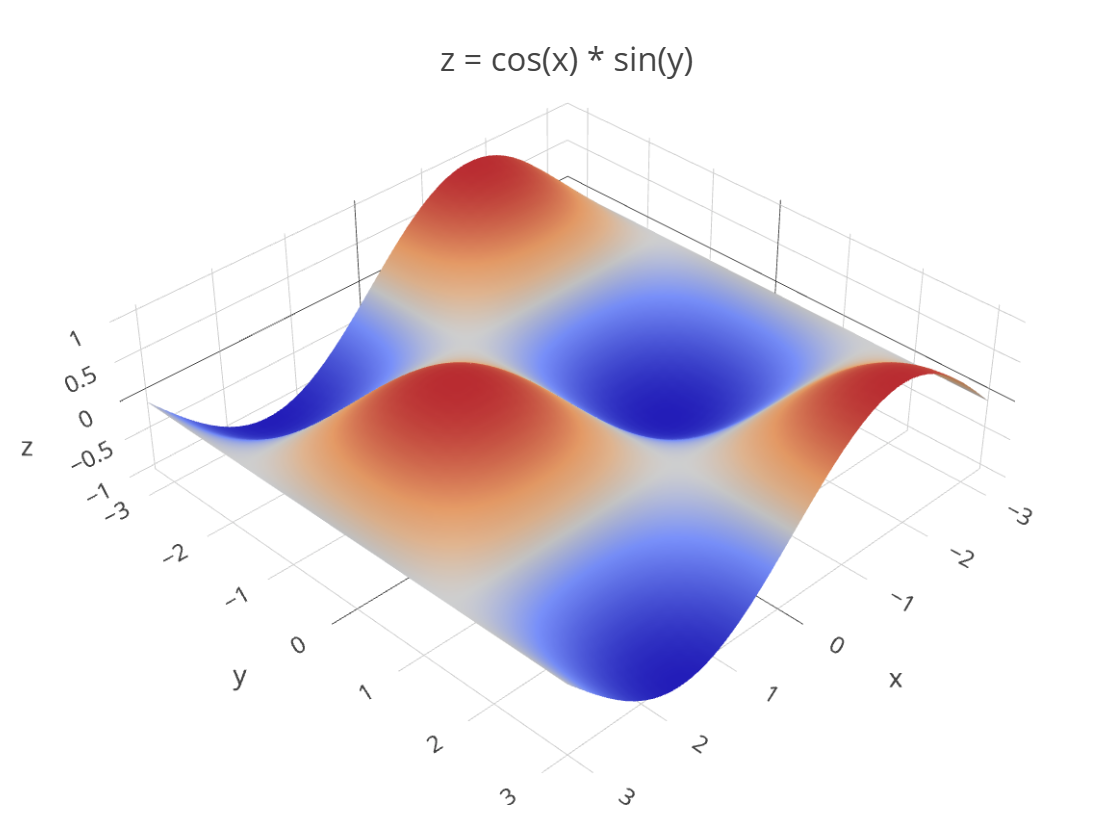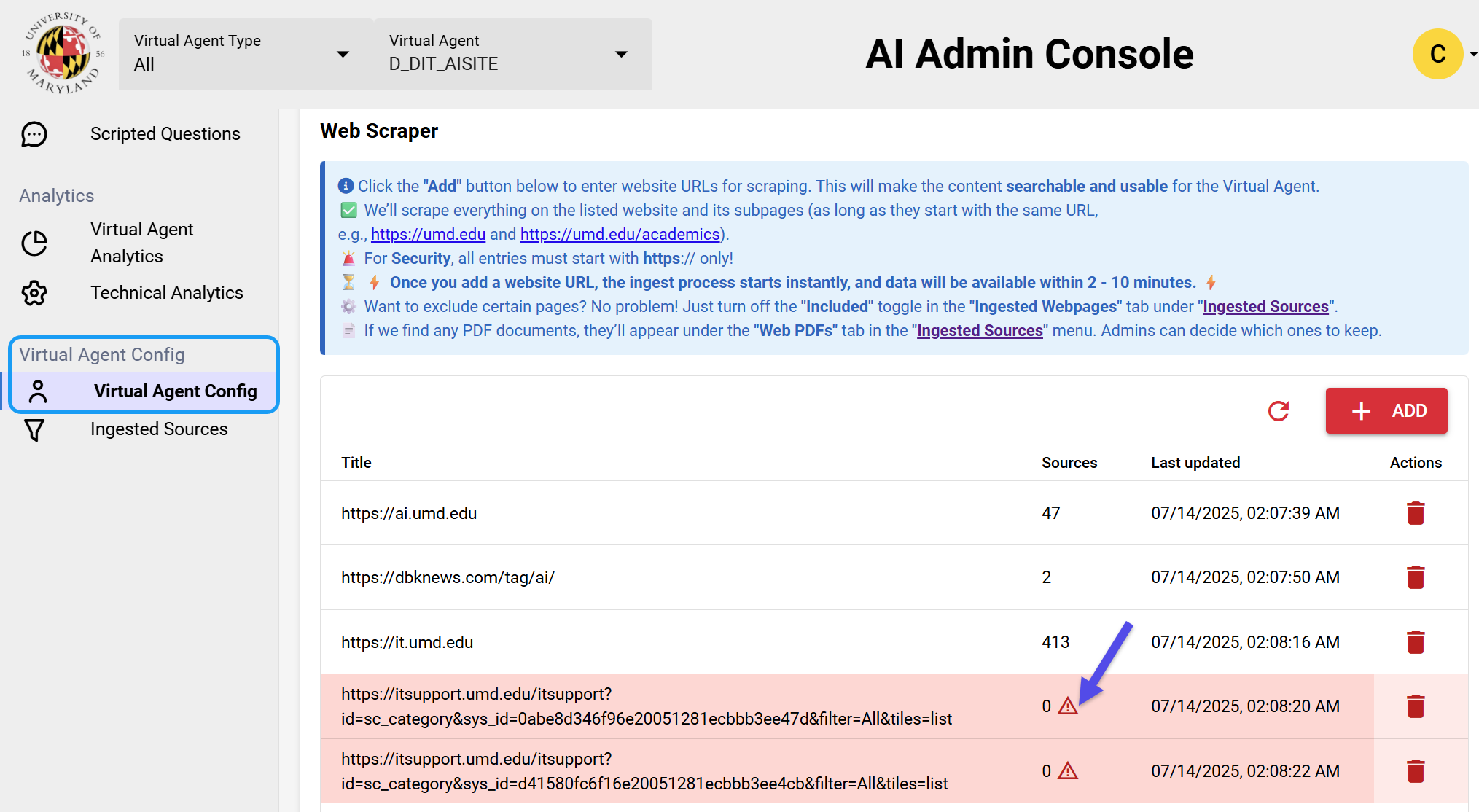AI Solutions UpdateWelcomeDear Colleagues, As the academic year begins, we’re excited to share this edition of our AI Solutions Update. This issue highlights progress from the past few months: upgrades to UMD Virtual Agents, new features in TerpAI, expanded generative model capabilities, and fresh tools to support your work. As you welcome students back to campus, we hope these updates prove useful. Please reach out if you have any questions. We’ll be back soon with the next edition. Sincerely, UMD Virtual AgentRelease NotesView Latest Release (07-25-2025) Enhancements in ProgressThe AI Solutions Team is in the process of integrating OpenAI's cutting-edge GPT-5 model into the Virtual Study Assistant to deliver deeper reasoning and more reliable results. Keep an eye out for this upgrade in a future release. UMD Virtual Agents Adopt Reasoning ModelsWhat Are AI Models? Reasoning and General-Purpose TypesCurrently, UMD Virtual Agents run on GPT-4o, a versatile multimodal model that excels at general-purpose conversations and processing images or audio. Soon, these agents will be upgraded to o4-mini–alongside other advanced reasoning models from OpenAI and beyond–which add an intentional "thinking" phase for deeper analytical tasks. Let's take a closer look at how GPT-4o's broad, fast performance stacks up against o4-mini's specialized, step-by-step reasoning. An AI model is the "engine" behind a chatbot: it reads your question, keeps track of context, and then crafts a response–think of it as a search engine that returns answers instead of links. Choosing the right model matters because each one strikes a different balance between depth, speed, and cost. Picking the best fit means you get reliable results without paying for more power than you need. GPT-4o is built for broad, fast conversations and can even work with images or audio. It's your go-to when you need a versatile assistant that handles general tasks–from creative writing to brainstorming–quickly and smoothly. It offers strong, all-around performance without bogging down your budget or wait times. o4-mini, by contrast, is designed for deep, analytical thinking. It takes a little longer to respond because it's "thinking" through each step, making it ideal for advanced math, complex coding problems, or scientific research where precision really counts. If your priority is careful, highly accurate reasoning–especially on technical challenges–o4-mini will deliver, even if it means a slight delay. Streaming: Unlocking the Power of Reasoning ModelsThe next big upgrade for UMD Virtual Agents is the adoption of more capable models, such as o4-mini. While these models may take longer to respond than general-purpose ones like GPT-4o, they deliver more thoughtful and accurate answers–especially for complex or nuanced queries. Due to current technical limitations, UMD Virtual Agents have a 30-second timeout. If a response isn't generated within that time, users receive no reply at all. This makes it difficult to use more advanced reasoning models–like o4-mini–which can require more than 30 seconds to work through complex problems. The 30-second timeout limited the kinds of models UMD Virtual Agents could use. To address this, we've introduced streaming–an upgrade that brings two major benefits:
News: Agentic UMD Virtual Agents An AI agent is a software system that can perceive its environment, make decisions, and take actions autonomously to achieve specific goals. Think of it as a digital entity that can operate independently, rather than just responding to direct commands. Let's consider a university AI advising agent as an example. As illustrated above, this agent acts like a virtual assistant for student advising, tapping into multiple campus systems to deliver accurate guidance.
By combining these resources, the AI advising agent can give UMD advisors a comprehensive toolkit–helping them support students more efficiently and effectively through the power of AI. If you're interested in using AI agents, contact the DIT AI Solutions Team at dit-ais@umd.edu for assistance. New Feature: Plots and Graphs in Virtual Study AssistantWe're thrilled to introduce a powerful new upgrade to the Virtual Study Assistant: dynamic 2D and 3D graph plotting! Perfect for students tackling challenging math courses, this feature brings formulas to life through visualizations–making complex concepts easier to understand and more engaging than ever. Just ask the Virtual Study Assistant to make a graph–it's that easy! For example:  It responds with an interactive 3D visualization:  The Virtual Study Assistant supports a wide range of charts and visualizations, including:
If you're interested in bringing these visualization tools to your class's chatbot, reach out to the DIT AI Solutions team at dit-ais@umd.edu to get started. Tips and TricksKeep Your Canvas Content Updated for this FallNow that the Virtual Study Assistant is integrated into Canvas, here's a helpful reminder for those of you that have used Virtual Study Assistant before. As you get rolling in the new semester, it's a good time to revisit your Canvas content. If you copied content from a legacy (last semester's) Canvas course, be sure to check the Files section in your current course. Outdated syllabi, welcome letters, or oversubscription policies should be updated for the current semester. Review Your Ingested PagesIn the UMD Virtual Agent Admin Console at https://admin.chatbot.umd.edu, the Virtual Config section allows you to specify URLs for the web scraper to crawl. The scraper will automatically "ingest" content from the specified page and all of its descendant pages. However, if the number of pages exceeds 500, the scraper will stop processing additional pages to prevent overload. Please avoid scraping websites with extensive page counts, such as Wikipedia.
 TerpAI TerpAI is a powerful GenAI tool designed to simplify interactions with technology and enhance daily tasks. Whether assisting with projects, providing insights, or acting as a thought partner, TerpAI ensures efficiency and clarity in learning and research. Release Notes20250811 (v.2.2515.3914)New Features & Enhancements TerpAI will soon support OpenAI's most advanced model–GPT-5. With faster performance, improved reasoning, and enhanced reliability, GPT-5 will bring a new level of power to your AI workflows. Stay tuned for the official rollout within the platform. 07-07-2025 (v. 2.2513.3861)New Features & Enhancements For those of you who use TerpAI to create agents, you now have the option to designate a new agent as either Standard or HIPAA-Compliant at the time of creation. This helps ensure data privacy by preventing mix-ups between protected and general use cases. If you are interested in deploying a HIPAA-compliant agent, contact the DIT AI Solutions team at dit-ais@umd.edu. Issue Fixes
ChatGPT EnterpriseRelease Notes08-14-2025New Features & Enhancements
Tips and TricksGPT-5: New Capabilities Now AvailableOpenAI unveiled GPT-5 on August 7, 2025, delivering a major leap forward in speed, accuracy, and AI-powered problem solving. The release introduces several key advancements that significantly enhance the model's capabilities across reasoning, generation, and reliability:
For advanced prompting techniques to get the most out of GPT-5's agentic capabilities, check out OpenAI's prompting guide. Learn MoreFor more information on AI solutions available at the University of Maryland, visit ai-resources.umd.edu. If you have any feedback or suggestions email us at dit-ais@umd.edu. |

